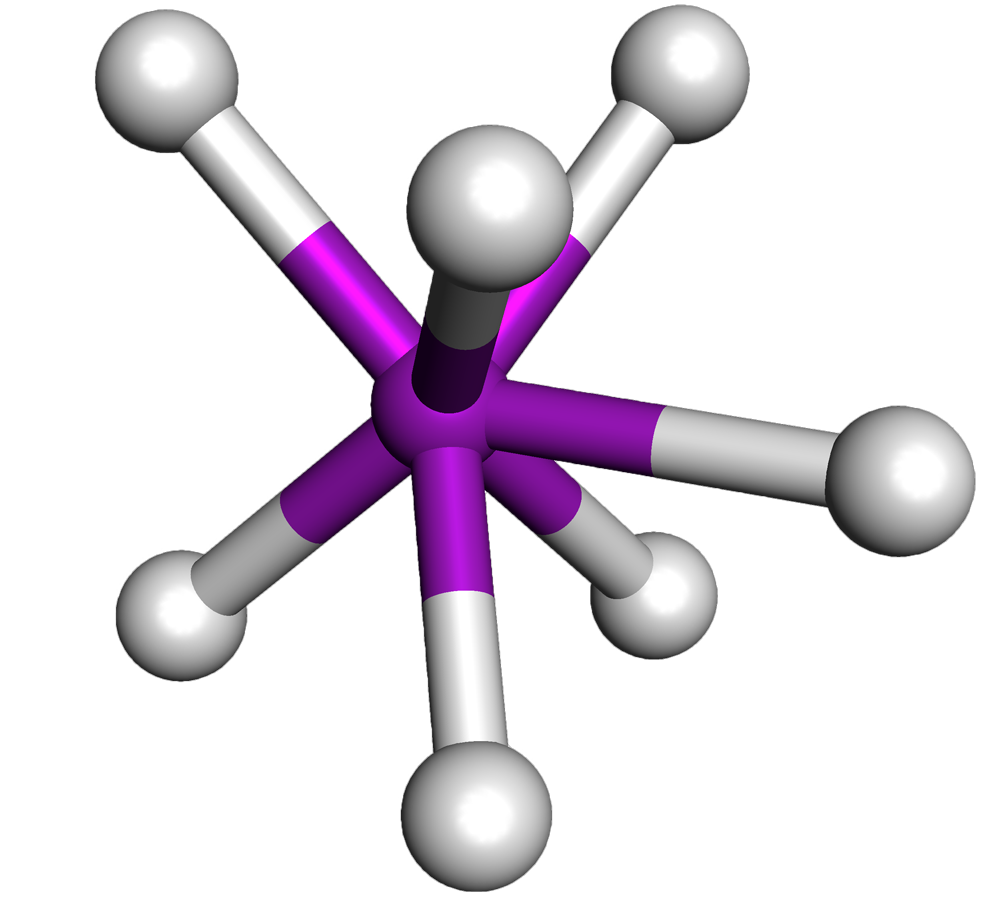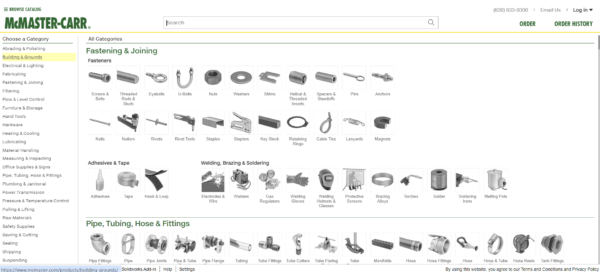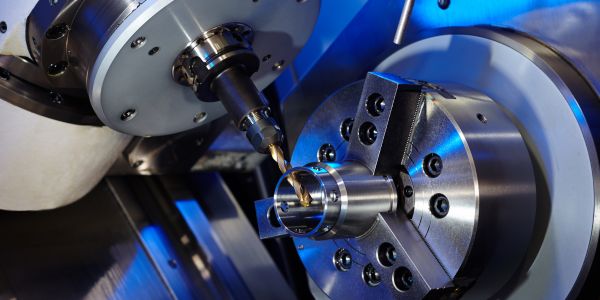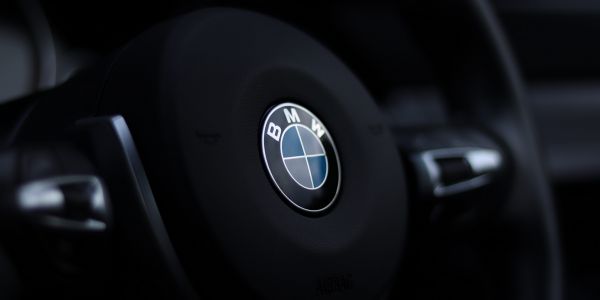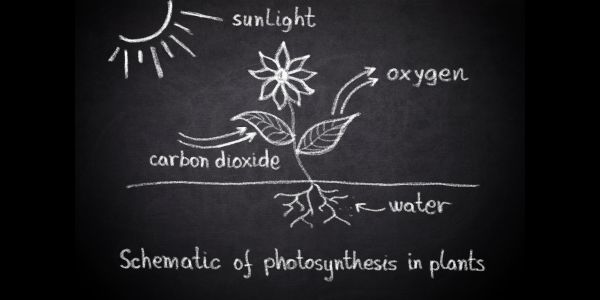Table of Contents
Introduction
A flashing check engine light is one of the most alarming warnings your car can give you. Unlike a steady glow, which may indicate a minor issue, a flashing check engine light signals a severe problem that requires immediate attention. Ignoring it can lead to expensive repairs or even engine failure.
In this guide, we’ll explain:
- What a flashing check engine light mean
- Common causes behind it
- Risks of ignoring it
- Steps to take when it happens
- How to diagnose and fix the issue
What Does a Flashing Check Engine Light Mean?
A flashing check engine light (CEL) indicates a severe engine misfire, which can cause unburned fuel to enter the exhaust system. This can damage the catalytic converter, leading to costly repairs.
Key Differences: Flashing vs. Solid Check Engine Light
| Flashing Check Engine Light | Solid Check Engine Light |
|---|---|
| Indicates a serious problem (e.g., engine misfire) | Usually a minor or moderate issue (e.g., loose gas cap) |
| Requires immediate action | Can often be checked later |
| Risk of catalytic converter damage | Less urgent, but still important |
Top Causes of a Flashing Check Engine Light
Several issues can trigger a flashing CEL, but these are the most common:
1. Engine Misfire
- What Happens? One or more cylinders aren’t firing correctly.
- Symptoms: Rough idle, loss of power, jerking while driving.
- Common Causes: Faulty spark plugs, bad ignition coils, or fuel delivery issues.
2. Faulty Oxygen (O2) Sensor
- What Happens? The sensor fails to regulate the air-fuel mixture.
- Symptoms: Poor fuel economy, rough running.
- Risk: Can damage the catalytic converter over time.
3. Bad Catalytic Converter
- What Happens? The converter clogs or fails, increasing emissions.
- Symptoms: Reduced acceleration, sulfur smell, overheating.
- Risk: Can lead to complete engine failure if ignored.
4. Loose or Faulty Gas Cap
- What Happens? Evaporative emissions system detects a leak.
- Symptoms: May also cause a solid CEL, but sometimes triggers a flash.
- Fix: Tighten or replace the gas cap.
5. Low Engine Compression
- What Happens? Cylinders lose pressure due to worn piston rings or valves.
- Symptoms: Weak performance, excessive oil consumption.
- Risk: Major engine repair needed.
What Should You Do If Your Check Engine Light is Flashing?

If your check engine light flashes, follow these steps:
1. Reduce Speed and Load
- Avoid hard acceleration.
- Shift to a lower gear (if manual) to reduce strain.
2. Stop Driving ASAP
- Continuing to drive can destroy the catalytic converter.
- Pull over safely and turn off the engine.
3. Check for Obvious Issues
- Is the gas cap loose? Tighten it and see if the light stops.
- Are there other warning lights (e.g., overheating)?
4. Get a Diagnostic Scan
- Use an OBD-II scanner to read the trouble code.
- Common codes for a flashing CEL:
- P0300 (Random misfire)
- P0301-P0308 (Cylinder-specific misfire)
- P0420 (Catalytic converter efficiency below threshold)
5. Visit a Mechanic
- A professional can pinpoint the issue before it worsens.
- Critical repairs may include:
- Replacing spark plugs or ignition coils
- Fixing fuel injectors
- Repairing or replacing the catalytic converter
Can You Drive with a Flashing Check Engine Light?
No! Driving with a flashing check engine light can cause:
- Catalytic converter failure ($1,000+ repair)
- Engine damage (even complete failure)
- Increased emissions and fuel consumption
If the light is solid, you may drive cautiously to a mechanic. But if it’s flashing, stop driving immediately.
How to Prevent a Flashing Check Engine Light
Preventive maintenance reduces the risk of sudden engine problems:
✅ Change spark plugs every 30,000–100,000 miles (depending on type).
✅ Replace ignition coils if misfires occur frequently.
✅ Use high-quality fuel to avoid carbon buildup.
✅ Fix minor issues early before they trigger a flashing CEL.
Final Thoughts
A flashing check engine light is a critical warning that demands urgent action. The most common causes include engine misfires, bad oxygen sensors, or catalytic converter failure. Ignoring it can lead to expensive repairs, so always:
- Stop driving immediately
- Check for obvious issues (like a loose gas cap)
- Scan for trouble codes
- Visit a mechanic for a proper diagnosis
By acting fast, you can save your engine and avoid a hefty repair bill.
FAQ:
❓ Can a loose gas cap cause a flashing check engine light?
Sometimes, but it usually triggers a solid light. A flashing CEL typically indicates a severe misfire.
❓ How much does it cost to fix a flashing check engine light?
Repairs range from $100 (spark plugs) to $2,000+ (catalytic converter replacement).
❓ Will a flashing check engine light reset itself?
No, the underlying issue must be fixed before the light turns off.
❓ Can bad spark plugs cause a flashing check engine light?
Yes, worn spark plugs are a common cause of engine misfires.
❓ What’s the worst-case scenario if I ignore a flashing CEL?
Complete engine failure or a destroyed catalytic converter, leading to thousands in repairs.
Also, read about the XNXP personality exam

